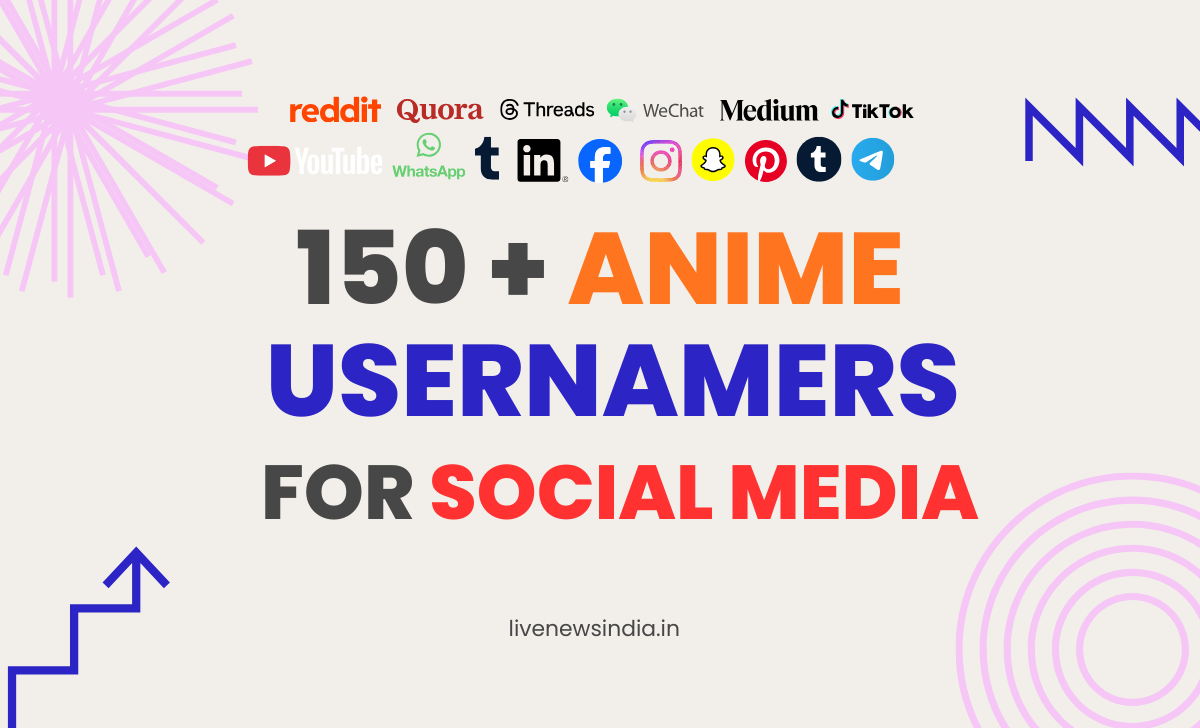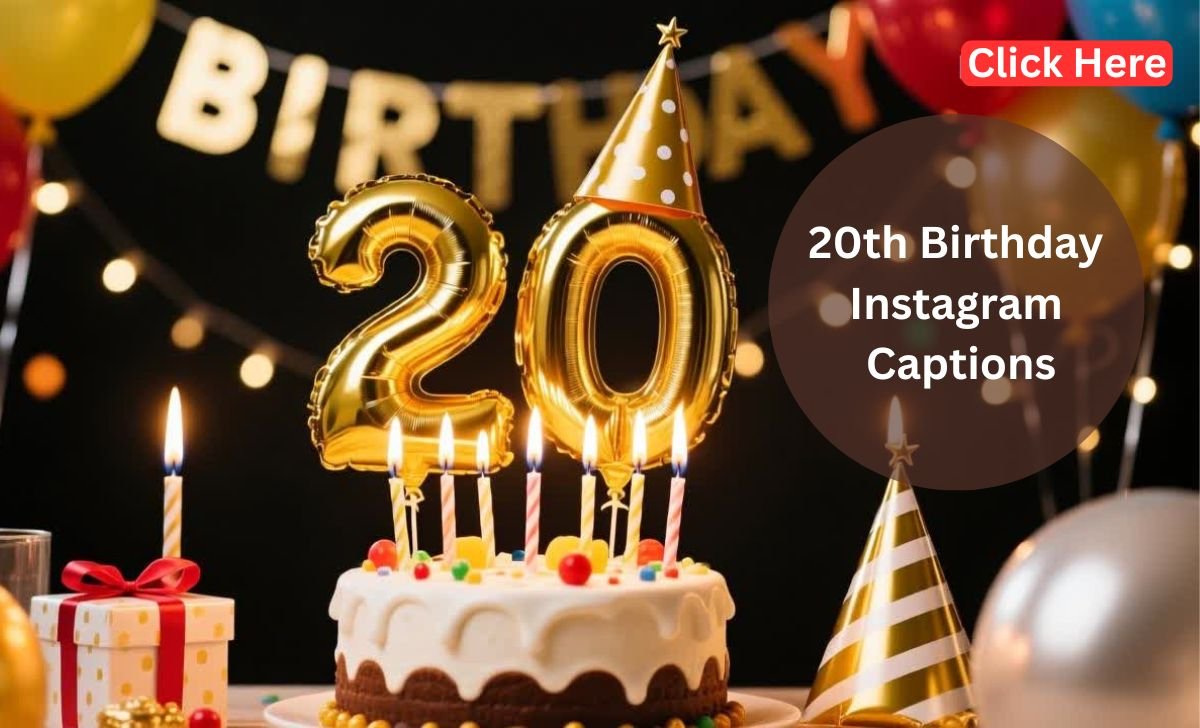Blog and Vlog Difference : Are you torn between creating a blog or a vlog for your content strategy? Both formats have their unique advantages, but understanding their differences is crucial to making an informed decision.
As you consider your options, it’s essential to think about your target audience, content goals, and the type of information you want to convey. Whether you’re looking to educate, entertain, or persuade, choosing the right format can make all the difference in achieving your objectives.

In this article, we’ll delve into the key differences between blogs and vlogs, exploring their strengths and weaknesses to help you decide which is best for your content strategy.
Includes In This Article
- Understand the fundamental differences between blogs and vlogs.
- Learn how to choose the best format for your content strategy.
- Discover the strengths and weaknesses of each format.
- Explore how to effectively engage your target audience.
- Gain insights into creating a successful content strategy.
What Are Blogs and Vlogs?
In the digital age, the terms ‘blog’ and ‘vlog’ have become increasingly popular, but what do they really mean? As we dive into the world of online content creation, understanding the fundamentals of these two formats is essential.
Defining the Modern Blog
A blog, short for weblog, is an online journal or informational website that typically features written content, images, and sometimes videos. Modern blogs have evolved to include various formats such as podcasting and infographics. They are often used for sharing personal experiences, expertise, or news on specific topics.
Blogs can be categorized into different types, including personal blogs, professional blogs, and niche blogs. The key characteristic of a blog is its written content, which is usually presented in reverse chronological order.
| Blog Characteristics | Description |
| Content Type | Primarily written content, may include images and videos |
| Presentation Style | Reverse chronological order |
| Common Uses | Sharing personal experiences, expertise, or news |
Understanding Video Blogs (Vlogs)
A vlog, or video blog, is a type of blog that primarily features video content. Vlogs are often used on platforms like YouTube and TikTok, where creators share their daily lives, experiences, or expertise through video.
Vlogs have gained immense popularity due to their engaging and immersive nature. They allow viewers to connect with the creators on a more personal level, making them a powerful tool for building a community.
The Blog and Vlog Difference: A Comprehensive Comparison
As a content creator, you’re likely wondering whether to focus on blogging or vlogging. Both formats have their strengths and weaknesses, and understanding their differences is key to making an informed decision.
Content Format and Consumption Patterns
Blogs are typically text-based, with content consumed through reading. They offer in-depth information and are easily searchable. Vlogs, on the other hand, are video-based, providing a more immersive experience. They are often consumed on platforms like YouTube, where viewers can engage through comments and likes.
Content consumption patterns vary significantly between the two formats. While blogs are ideal for those who prefer reading, vlogs cater to visual learners and those who enjoy watching content.
Creation Process and Workflow
The creation process for blogs involves writing, editing, and optimizing text for SEO. Vlog creation, however, requires planning, filming, and editing video content. The workflow for vlogging is often more time-consuming and technically demanding.
Audience Engagement Metrics
Audience engagement differs between blogs and vlogs. Blogs often measure engagement through comments, shares, and time on page. Vlogs track engagement through views, likes, comments, and watch time. Understanding these metrics is crucial for optimizing your content strategy.
| Metric | Blogs | Vlogs |
| Primary Format | Text-based | Video-based |
| Consumption Method | Reading | Watching |
| Engagement Metrics | Comments, shares, time on page | Views, likes, comments, watch time |
Advantages of Blogging
For those looking to dive into online content creation, blogging provides a straightforward and rewarding starting point. Blogging offers numerous benefits that make it an attractive option for individuals and businesses alike.
Lower Technical Barrier to Entry
One of the primary advantages of blogging is its accessibility. Unlike vlogging, which requires more equipment and technical knowledge, blogging can be started with just a computer and an internet connection. This lower barrier to entry makes it easier for newcomers to begin creating content and building their audience.
SEO Benefits and Long-term Traffic
Blogging is highly beneficial for Search Engine Optimization (SEO). Well-written blog posts can rank high in search engine results, driving organic traffic to your site. This long-term traffic can be a significant source of visitors, providing a steady stream of potential customers or followers. By incorporating relevant keywords and creating high-quality content, you can improve your site’s visibility and attract more readers.
Content Depth and Authority Building
Blogging allows you to create in-depth content that showcases your expertise and builds authority in your niche. By sharing detailed insights, tutorials, or analyses, you can establish yourself as a trusted source of information. This not only helps in attracting and retaining readers but also in building a loyal following.
| Benefits | Blogging | Vlogging |
| Technical Barrier | Low | High |
| SEO Potential | High | Medium |
| Content Depth | High | Medium |
Advantages of Vlogging
Vlogging offers a unique blend of visual and auditory elements that captivate viewers. This engaging medium allows you to convey complex information in a more digestible and entertaining format.
Visual Storytelling and Demonstration Power
One of the key benefits of vlogging is its ability to leverage visual storytelling. By combining visuals with narration, you can demonstrate products, services, or techniques more effectively than text-based content. This visual approach helps to clarify complex concepts and makes your content more engaging.
| Aspect | Vlogging | Blogging |
| Content Format | Video | Text |
| Engagement | High | Medium |
| Demonstration Power | High | Low |
Building Personal Connection with Viewers
Vlogging enables you to build a personal connection with your viewers. By sharing your personality, experiences, and expertise through video, you can create a more intimate and relatable experience for your audience. This personal touch fosters a stronger bond between you and your viewers, leading to increased loyalty and audience engagement.
Higher Engagement and Retention Rates
Vlogs typically enjoy higher engagement and retention rates compared to text-based content. The combination of visual and auditory elements in vlogging keeps viewers engaged for longer periods. As a result, vlogs can lead to more comments, likes, and shares, further amplifying your reach and impact.
Equipment and Technical Requirements
Understanding the equipment and technical requirements is crucial for both bloggers and vloggers to produce high-quality content. The technical setup can significantly impact the quality of your output, whether it’s written blog posts or video vlogs.
Blogging Tools and Platforms
For blogging, you’ll need a reliable Content Management System (CMS) like WordPress or Joomla, and a domain name. Other essential tools include a text editor, SEO plugins, and social sharing buttons to enhance your content’s reach.
- Content Management System (CMS)
- Domain name and hosting
- Text editor or writing software
- SEO optimization tools
Vlogging Equipment Essentials
Vlogging requires a different set of equipment, primarily a good quality camera. You can start with a smartphone camera and gradually move to a dedicated camera with better resolution and stabilization. Additional essentials include a microphone for clear audio and proper lighting.
- Camera (smartphone or dedicated)
- Microphone for clear audio
- Proper lighting setup
- Tripod for stabilization
Software and Skills Comparison
Both blogging and vlogging require specific software and skills. Bloggers need to be proficient in SEO and content formatting, while vloggers need video editing skills and knowledge of visual storytelling. Understanding these requirements can help you choose the format that best suits your skills and resources.
By comparing the technical requirements and equipment needed for blogging and vlogging, you can make an informed decision on which path to pursue based on your strengths and preferences.
Time Investment and Production Workflow
As a content creator, you’re likely curious about the time investment and workflow involved in blogging versus vlogging. Understanding these aspects can help you plan your content strategy more effectively.
Blog Creation Timeline and Process
Creating a blog post involves several steps, including research, writing, editing, and optimization. The time required for each step can vary depending on the complexity of the topic and the depth of the content. On average, a well-researched blog post can take anywhere from 2 to 5 hours to create.
- Research: 30 minutes to 1 hour
- Writing: 1 to 2 hours
- Editing and Optimization: 30 minutes to 1 hour
Vlog Production Schedule and Challenges
Vlogging involves a different set of challenges and time commitments. From planning and scripting to filming and editing, the process can be more labor-intensive. Here’s a breakdown of the typical time required for vlog production:
| Task | Time Required |
| Planning and Scripting | 1-2 hours |
| Filming | 1-3 hours |
| Editing | 2-4 hours |

By understanding the time investment and production workflow for both blogging and vlogging, you can make informed decisions about your content strategy and optimize your resources.
Monetization Strategies and Potential
The key to a successful blogging or vlogging career lies in identifying the right monetization strategies. Both bloggers and vloggers can turn their passion into a profitable venture by understanding and leveraging various revenue streams.
Blog Revenue Streams
Blogs can generate revenue through multiple channels. Advertising is a common method, where bloggers partner with ad networks like Google AdSense to display ads on their sites. Affiliate marketing is another lucrative option, where bloggers earn commissions by promoting products or services. Sponsored content also provides a significant revenue stream, as brands pay bloggers to create content featuring their products or services.
| Revenue Stream | Description | Potential Earnings |
| Advertising | Displaying ads on the blog | $100-$1,000 per month |
| Affiliate Marketing | Earning commissions for product promotions | $500-$5,000 per month |
| Sponsored Content | Creating content featuring products or services | $200-$2,000 per post |
Vlog Monetization Options
Vloggers primarily monetize their content through the YouTube Partner Program (YPP), which allows them to earn money from ads displayed on their videos. Brand deals are another significant revenue source, where vloggers partner with brands to promote products or services in their videos.
Income Potential and Growth Trajectory
The income potential for both bloggers and vloggers varies widely based on factors like niche, audience size, engagement, and monetization strategies. Generally, successful bloggers and vloggers can earn significant incomes, with top creators making six or seven figures annually. The growth trajectory depends on consistently producing high-quality content, adapting to platform changes, and diversifying revenue streams.
Building Your Audience
The key to a thriving online presence lies in your ability to build and engage your audience. Whether you’re creating written content through blogging or video content through vlogging, understanding how to grow and maintain your audience is crucial for long-term success.
Growing a Loyal Blog Readership
To cultivate a loyal readership for your blog, focus on producing high-quality, relevant content that resonates with your target audience. Utilize SEO strategies to improve your blog’s visibility in search results, making it easier for new readers to discover your content. Engage with your readers through comments and social media to build a community around your blog.
Consistency is also key; maintaining a regular posting schedule helps keep your audience engaged and coming back for more. Consider offering incentives, such as free e-books or exclusive content, to encourage readers to subscribe to your blog.
Expanding Your Vlog Subscriber Base
For vloggers, building a subscriber base requires a slightly different approach. Visual storytelling is at the heart of vlogging, so invest in good camera equipment and editing software to enhance the quality of your videos. Engage with your viewers by responding to comments and creating content that encourages interaction.
Promote your vlog across various social media platforms to reach a wider audience. Collaborate with other vloggers or influencers in your niche to tap into their follower base. Consistency in your upload schedule is vital to keeping your audience engaged and coming back for more.
Content Longevity and Evergreen Potential
The evergreen potential of your content can significantly impact your audience engagement and retention. When creating content, whether through blogging or vlogging, understanding how long it remains relevant is crucial for maximizing its value.
Blog content, when done correctly, can have a long lifespan. Evergreen blog posts continue to attract readers long after their initial publication. To maintain their relevance, it’s essential to update old content periodically. This can involve refreshing statistics, revising outdated information, and optimizing for new keywords.
Blog Content Lifespan and Updates
Some strategies for extending the life of your blog content include:
- Regularly updating old posts with new information
- Repurposing content into different formats, such as turning a blog post into a video
- Using internal linking to connect old content with new, relevant posts

Vlog Shelf Life and Relevance
Vlogs, on the other hand, have a different shelf life compared to blog posts. While some vlogs may be time-sensitive, others remain relevant over time. YouTube’s algorithm favors content that continues to engage viewers, so vloggers should focus on creating evergreen content that stands the test of time.
To enhance the longevity of your vlogs, consider the following:
- Creating content around timeless themes or topics
- Optimizing your video titles, descriptions, and tags for search
- Engaging with your audience through comments and community building
Current Trends in Blogging and Vlogging
The rise of new technologies and platforms is transforming the way we consume and interact with online content. As a result, both blogging and vlogging are experiencing significant shifts in how content is created, distributed, and engaged with.
The Evolution of Written Content Consumption
Written content consumption is evolving, with readers increasingly seeking diverse formats and interactive experiences. Blogging trends now include a focus on niche topics, where specialized content attracts dedicated audiences. The integration of multimedia elements, such as videos and podcasts, into traditional blog posts is also becoming more prevalent.
Furthermore, the rise of platforms that support long-form content has encouraged bloggers to produce more in-depth, authoritative pieces. This shift is partly driven by the need for content that can stand out in a crowded online space and provide real value to readers.
Video Content Trends and Platform Changes
Vlogging, or video blogging, continues to grow in popularity, driven by advancements in smartphone technology and internet infrastructure. Vlogging trends indicate a preference for high-quality, engaging video content that often incorporates storytelling elements. The rise of short-form video platforms has also changed how vloggers create and share their content.
| Trend | Blogging | Vlogging |
| Niche Content | High demand for specialized topics | Increasing focus on specific interests |
| Multimedia Integration | Incorporating videos and podcasts | Enhanced video production quality |
| Platform Preferences | Long-form content platforms | Short-form video platforms |
As these trends continue to evolve, it’s essential for content creators to stay adaptable and informed. By understanding the current landscape and anticipating future shifts, you can position yourself for success in the ever-changing world of online content.
Creating a Hybrid Content Strategy
A hybrid content strategy that leverages both the power of written blogs and engaging vlogs can maximize your digital impact. By combining these two formats, you can cater to different learning styles and preferences within your audience, thereby increasing your reach and engagement.
As content creators, it’s essential to understand that different audience members consume information in various ways. While some prefer reading detailed articles, others enjoy watching video content. A hybrid approach allows you to repurpose your content across different formats, making your message more accessible.
Repurposing Content Across Formats
Repurposing content involves taking existing material and adapting it for a different medium. For instance, you can turn a popular blog post into a vlog or create an infographic summarizing key points from a video. This strategy not only saves time but also ensures that your content reaches a wider audience.
As Gary Vaynerchuk once said, “Content is king, but distribution is queen, and she wears the pants.”
“Content is king, but distribution is queen, and she wears the pants.” – Gary Vaynerchuk
Building a Multi-Platform Presence
To effectively implement a hybrid content strategy, you need to establish a presence across multiple platforms. This includes blogging on your website, vlogging on YouTube, and potentially sharing snippets on social media platforms. By doing so, you can maximize your visibility and attract a diverse audience.
Key steps to building a multi-platform presence include:
- Identifying the platforms where your target audience is most active
- Creating content that is tailored to each platform’s unique characteristics
- Consistently posting high-quality content to maintain audience engagement
By adopting a hybrid content strategy and building a multi-platform presence, you can significantly enhance your online visibility and engagement. This approach allows you to leverage the strengths of both blogging and vlogging, creating a robust content ecosystem that caters to a wide range of audience preferences.
Conclusion: Choosing the Right Format for Your Goals
As you’ve explored the differences between blogs and vlogs, it’s time to decide which format aligns with your content strategy goals. When choosing a content format, consider your strengths, audience preferences, and the type of content you want to create.
If you’re more comfortable writing and can convey complex information in a straightforward manner, blogging might be the way to go. On the other hand, if you’re charismatic on camera and can engage your audience through visual storytelling, vlogging could be your best bet.
Understanding the blog and vlog difference is crucial in making this decision. Your content strategy goals should dictate whether you focus on written content, video content, or a combination of both. By considering your objectives and the characteristics of each format, you can make an informed decision that suits your needs.
Ultimately, the key to success lies in creating high-quality content that resonates with your audience. Whether you choose to blog, vlog, or do both, focus on providing value and engaging with your audience to achieve your content strategy goals.
FAQ
What’s the main difference between a blog and a vlog?
The primary difference lies in the content format: blogs are written articles, while vlogs are video content. Blogs are typically hosted on websites, whereas vlogs are often published on video-sharing platforms like YouTube.
Which is more engaging, blogging or vlogging?
Engagement varies depending on the audience and content. Vlogging can be more engaging due to its visual nature, but blogging allows for in-depth reading and analysis. Ultimately, the most engaging format depends on your content and audience preferences.
Can I monetize both my blog and vlog?
Yes, you can monetize both. Blogs can generate revenue through advertising, affiliate marketing, and sponsored content. Vlogs can be monetized through the YouTube Partner Program, brand deals, and sponsorships.
How do I choose between blogging and vlogging for my content strategy?
Consider your strengths, audience preferences, and content goals. If you’re more comfortable writing, blogging might be the way to go. If you’re more comfortable on camera, vlogging could be your best bet. You can also consider a hybrid approach, repurposing content across both formats.
What’s the equipment required for vlogging?
Basic vlogging equipment includes a good camera, microphone, and lighting. You can start with a smartphone camera and invest in additional equipment as you grow. Popular vlogging cameras include those from Sony, Canon, and GoPro.
How often should I post new content on my blog or vlog?
Consistency is key. For blogs, aim to publish at least once a week, while for vlogs, you can start with once a week and adjust based on audience engagement. Analyze your audience’s response and adjust your posting schedule accordingly.
Can I repurpose my blog content into a vlog?
Yes, you can repurpose your blog content into a vlog. This can help you reach a broader audience and create a hybrid content strategy. You can use your blog as a script or outline for your vlog, or create a video summary of your blog post.
How do I optimize my blog and vlog for search engines?
For blogs, use relevant keywords, meta descriptions, and optimize images. For vlogs, use keywords in your video title, description, and tags. You can also use YouTube’s auto-complete feature to find relevant keywords.
I thought you like that information and share to those who want to know about Blog and Vlog Difference
Article end here



























